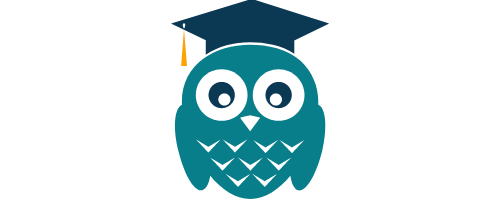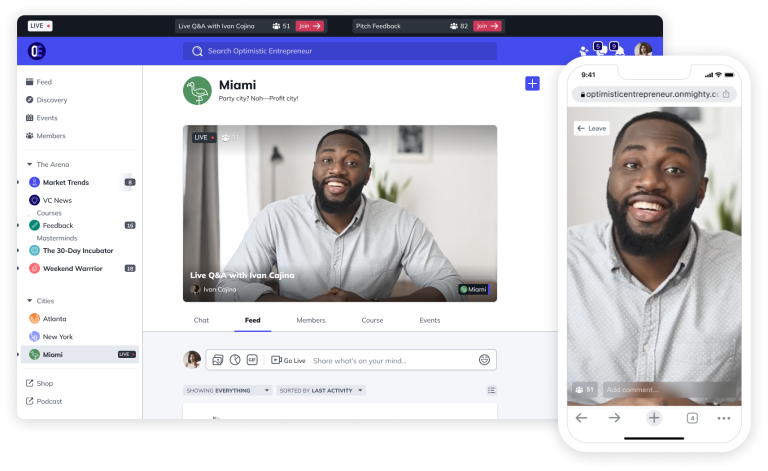Formal vs Informal Learning: Which Path Should You Take?

Formal learning involves organized and structured education systems like schools and training programs. It is well-planned, occurs in a set environment, and follows a specific curriculum guided by teachers or trainers.
Informal learning, on the other hand, happens outside these structured settings. It arises naturally through daily activities, experiences, and social interactions. It is self-driven and does not follow a curriculum.
People learn from hands-on experiences, conversations, and personal interests, often without even realizing they are learning.
Here’s a detailed view of both types of learning, highlighting how they differ and the unique benefits each offers.
Formal Learning
Formal learning is a planned way to learn skills and knowledge. It happens under the guidance of a teacher or follows a set plan, often in schools or during work training.
Planned and Organized Learning
Formal learning has a clear structure and follows a set path. It’s a well-planned process aimed at specific goals. The lessons, how long they take, and the order they come in are all set in advance to make sure learning happens smoothly.
Taught by Instructors or Based on a Curriculum
In formal learning, a teacher, instructor, or trainer guides the learning. This person is key in helping learners understand the material and giving feedback. Sometimes, learning follows a set curriculum that outlines what will be covered, including topics, materials, and tests.
Happens in Schools or Workplaces
Formal learning usually takes place in places like schools, colleges, or training centers. It’s also common at work, where companies train their staff to learn specific skills for their jobs.
Examples of Formal Learning
Schools and Universities
The most common places for formal learning are schools and universities. Here, students follow a set curriculum, go to classes, do homework, and take tests to show they understand what they’ve learned.
Professional Training and Courses
Many jobs require specific training or certifications that offer formal learning. These courses teach important skills and knowledge needed for career growth or to do a job well.
Training at Work
Companies often run training programs to improve their employees’ skills. These might include classes, online courses, or workshops. They usually have teachers, use specific learning materials, and end with tests.
Informal Learning
Informal learning is about gaining knowledge and skills in an unplanned and often unintended way. It is fueled by a person’s interests, experiences, and interactions, not through a formal class or curriculum.
Spontaneous and Unplanned Learning
Informal learning happens without a fixed structure or set goals. It arises naturally during daily activities, observations, and conversations with others. This type of learning is casual and happens as a side effect of everyday life.
Led by the Learner
In informal learning, the person learning is in control. They choose what, how, and when to learn based on their interests. The learner’s motivation comes from their own curiosity and eagerness to know more.
Comes from Doing and Interacting
This learning often comes from direct experiences, trying new things, solving problems, and talking with others. It is closely tied to the learner’s daily activities, whether at work or during leisure time.
Examples of Informal Learning
Learning at Work and Through Mentoring
At work, informal learning can occur as employees watch and work with more experienced coworkers. Mentoring also supports informal learning, where mentors share their knowledge through advice and conversations.
Learning by Yourself and Using Online Tools
Nowadays, many online tools like websites, blogs, videos, and social media help with self-led learning. People can look up information that interests them and learn at their own pace.
Learning Through Social Talks and Networking
Informal learning also happens during chats with friends, coworkers, or experts. These talks and interactions within social or professional groups can lead to new ideas, insights, and practices.
Difference B/W Formal Learning and Informal Learning
| Formal Learning | Informal Learning |
|---|---|
| Structured and intentional | Unstructured and incidental |
| Follows a predefined curriculum | Learner-directed and flexible |
| Occurs in dedicated institutions | Takes place in various settings |
| Instructor-led | Self-directed by the learner |
| Uses structured assessments | No formal assessments |
| Leads to recognized credentials | No formal recognition or certification |
| Time-bound and scheduled | Continuous and ongoing process |
| Content is standardized | Content is personalized |
| Limited flexibility | Highly flexible and adaptable |
| Focuses on theoretical knowledge | Emphasizes practical application |
| Often expensive | Typically less costly or free |
Advantages and Disadvantages
Pros of Formal Learning
- Structured and organized approach
- Recognized credentials and qualifications
- Quality control and standardized content
- Access to expert instructors and resources
- Structured assessments and feedback
Cons of Formal Learning
- Rigid and inflexible curriculum
- Can be costly (tuition fees, materials, etc.)
- Limited flexibility in terms of pace and timing
- May focus more on theoretical knowledge
- Structured environment may not suit all learning styles
Pros of Informal Learning
- Flexible and adaptable to individual needs and interests
- Personalized and relevant to real-world situations
- Emphasizes practical application and experiential learning
- Often more cost-effective or free
- Promotes self-directed and lifelong learning
Cons of Informal Learning
- Lack of structure and defined learning objectives
- No formal recognition or certification
- Quality and accuracy of information may be inconsistent
- Potential for knowledge gaps or incomplete understanding
- Requires self-motivation and discipline from the learner
FAQ
What is formal learning?
Formal learning refers to structured educational experiences that are designed and delivered by educational institutions or professional training programs.
What examples can illustrate informal learning?
Informal learning includes activities like self-directed studies using online resources, on-the-job training where knowledge is gained by observing and doing, or through discussions and networking with peers.
How does informal learning differ from formal learning?
Unlike formal learning, informal learning does not occur in a dedicated educational setting and does not follow a predefined curriculum.
Can informal learning complement formal learning?
Yes, informal learning can complement formal learning by filling in knowledge gaps and providing practical experience that formal settings may not offer.
Is one type of learning better than the other?
No single type of learning is universally better. The effectiveness of formal or informal learning depends on the learner’s goals, preferred learning style, and the specific skills or knowledge they aim to acquire.






